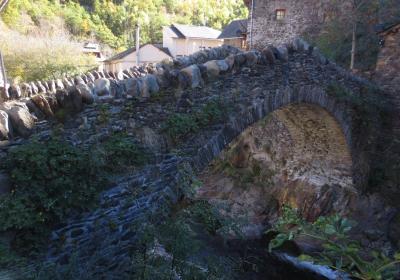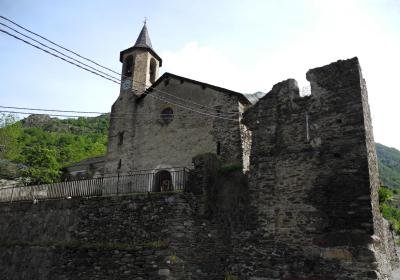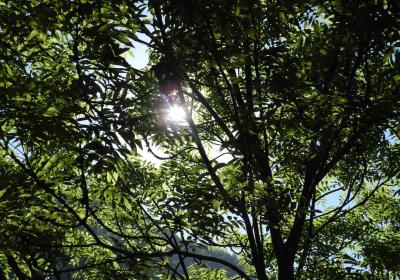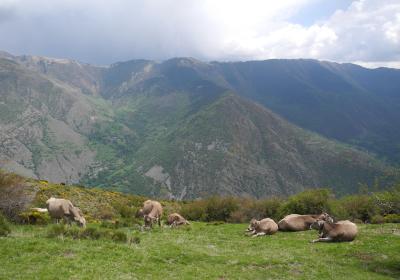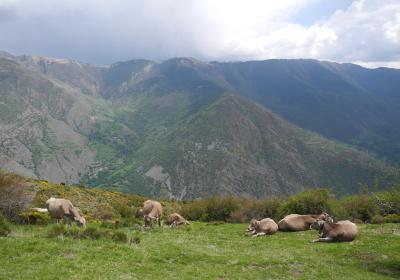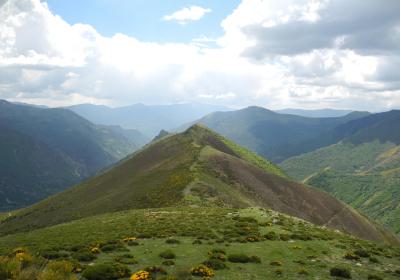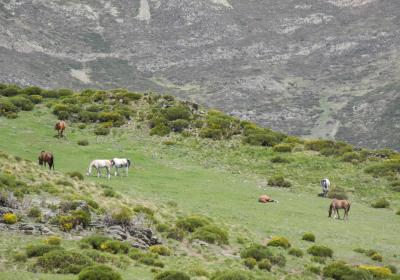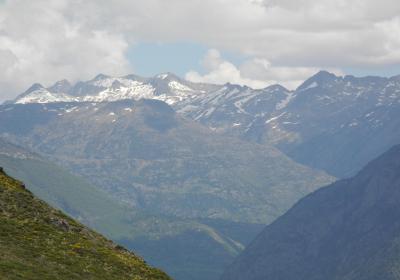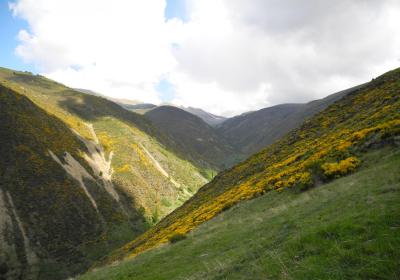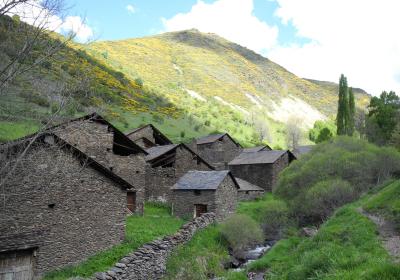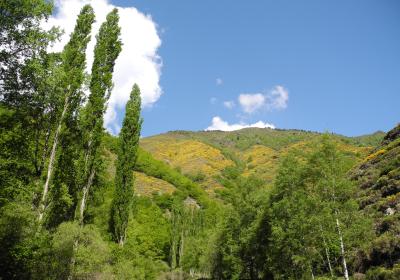The 19th stage of the Trans-Pyrenees Crossing takes you from Tavascan, in the Noguera de Cardós Valley, to the beautiful village of Estaon. One of the main attractions of this stage are the beautiful historic roads you will use, which many times are protected by ancient stone walls and stone crossings. Once you have completed the mountain pass of Jou you will enter Estaon Valley, which is also known as Vallat d'Estaon, a subsidiary secondary valley of the Cardós Valley and that is articulated by the beautiful Peracalç River, which you will follow during the final stretch of the stage.
Considerable. Derived from the length and ascent to overcome. This stage does not have any technical difficulties.
In winter you can find snow on the mountain pass of Jou.
No special equipment required.
High Pyrenees Nature Reserve. 01:50.000. Editorial Alpina.
Topographic base of Catalonia 1:25.000. Geological and Cartographic Institute of Catalonia (ICGC).
Let's begin the 19th stage of the Trans-Pyrenees Crossing to (1) Tavascan (0:00 - 1,120m). During the previous day we flanked the Noguera de Cardós Valley on its left orographic side (E), and during the first half of today's stage you will flank this valley on its right orogrpahic side (W).
You will leave Tavascan by means of its beautiful medieval bridge and began to flank the valley along a path that leads to Aineto. You will cross this small village and make a couple of zigzags along a trail that enables you to ascend. Immediately leave the track and continue along a path. At first the ascent is intense, but when you have reached an altitude of 1,400m the slope disappears and you will continue on flat ground flanking the Noguera de Cardós Valley. In this stretch you will enjoy the great view of the entire Cardós Valley.
You will arrive at (2) Lleret (1:10 - 1,380m), a small village high above the valley. You do not have to enter. When entering Lleret, in a square, the GR 11 turns to the right and begins to ascend rapidly with some zigzags. As of this point and until reaching the mountain pass of Jou the ascent is continuous. Advance some 2 km on a dirt track and carry out the last stretch on a path until reaching the (3) mountain pass of Jou (2:30 - 1,838m).
You will begin a direct and intense descent until reaching the cabins of Nibrós, at the bottom of the Estaon Valley, also called Vallat d'Estaon. This valley is articulated by the Peracalç River and is a subsidiary of the Cardós Valley. Durring the descent you will pass by the Vidal Cabin and the Masover Cabin. You will arrive at the (4) cabins of Nibrós (3:10 - 1,480m) and start to descend along the Peracalç River. The descent to the bottom of the valley is smooth, quiet and very nice. You will walk on a dirt track and pass by the side of the Gori Cabin and the Calatxo Cabin. Shortly before reaching the paved access road to Estaon, take a path off to the right and go up the mountainside until reaching(5) Estaon (4:15 - 1,255m).
The many cabins that you will visit, that hark back to the traditional livestock activities of this area of the High Pyrenees Nature Reserve.
The historic roads that you will travel during the first part of the stage; in many of them you will see dry stone walls and stone crossings.
Spend a night in the beautiful village of Estaon.
According to legend Estaon was founded by the daughter of a wealthy lord from Nibrós? Many, many years ago this lord gave his three daughters three forests (Anàs, Bonestarre and Estaon) on the condition that they live and establish villages there. Years later Nibrós was destroyed by a major earthquake.
The beautiful Tavascan stone bridge, which connects the two banks of the Tavascan River. This 13th century Romanesque bridge was the only bridge that allowed crossing the Tavascan River until 1960, when the new bridge for the road was built

